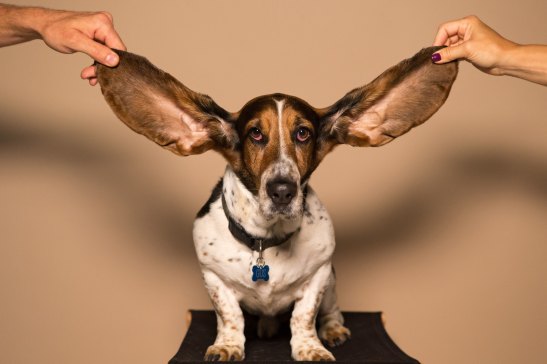Active Listening
We read and learn about various leadership and communication skills. Active listening is referred to frequently; however, actual strategies to build a sustainable practice seem to elude most people.
In a recent meeting, a participant responded to a point in the conversation by saying, “I sit here actively listening to you and still do not understand your point”.
That confused me. The participant had not engaged with the other person at all. Up until the time they spoke, there was not indication that the person was paying attention. An to mention that they were actively listening seemed a tad defensive to defend their position.
Afterward, I set on a path to research more about active listening heading to some studies and peer-reviewed journals.
This is what I learned:
In medicine there is a standard of practice for measuring how well doctors listen – Active Listening Observation Scale (ALOS-global) – which is a an observation instrument measuring active listening.
(Fassaert, T., van Dulmen, S., Schellevis, F., & Bensing, J. (2007). Active listening in medical consultations: Development of the active listening observation scale (ALOS-global). Patient Education and Counseling, 68(3), 258-264. doi:10.1016/j.pec.2007.06.011)
In social situations, when practicing active listening strategies such as nodding and saying hmmm, led people to talk longer.
(Simon, C. (2018). The functions of active listening responses. Behavioural Processes, 157(Complete), 47-53. doi:10.1016/j.beproc.2018.08.013)
In education “Active listening surpasses passive listening or simple hearing to establish a deeper connection between speaker and listener, as the listener gives the speaker full attention via inquiry, reflection, respect, and empathy. ”
(Spataro, S. E., & Bloch, J. (2018). “Can You Repeat That?” Teaching Active Listening in Management Education. Journal of Management Education, 42(2), 168–198. https://doi.org/10.1177/1052562917748696)
The SAGE Encyclopedia of Qualitative Research Methods defines active listening as “describes a set of techniques designed to focus the attention of the interviewer or observer on the speaker. The goal of active listening is to attend entirely to the speaker, not to oneself or one’s own inner dialogue, with the goal of accurately hearing and interpreting the speaker’s verbal and nonverbal communication. ”
(Ayres, L. (2008). Active listening. In L. M. Given (Ed.), The SAGE encyclopedia of qualitative research methods (pp. 8-8). Thousand Oaks, CA: SAGE Publications, Inc. doi: 10.4135/9781412963909.n5)
That definition helped me the most to start practicing both a greater degree of self-awareness and active listening.
How do I demonstrate genuine interest and attention to someone else in a conversation? How do I interpret and frame what someone is saying to me?
I realized my inner dialogue was quite active so I had put into place some strategies to be a better active listener.
- Turn to face the person speaking.
- Assume a relaxed body posture.
- Nod subtly when understanding what is being said.
- Take notes.
- Ask open-ended questions for clarification.
- Stay calm.
- Sit close to the presenter or speaker.
- Make eye contact.
- Pay attention to gestures, facial expressions, tone of voice, and stresses in speech.
Active listening takes determination and practice.
The results?
- Greater understanding of the subject and my role in learning.
- Heightened interest in the topic.
- Increased self-awareness.
However, developing active listening is not a one time event. It takes practice and refinement.
I am still learning.


This is well presented. Most people lack skill in this area. The reality is that many people pick up on words that match their own thoughts on a subject and then start talking before the person has finished their thoughts. If a person listens with a beginner’s mind they will be able to listen more attentively. The problem is that most people want others to think that they are more knowledgeable then they actually are. I think that is the biggest block to active listening. I agree with you, active listening does indeed require “determination and practice.”